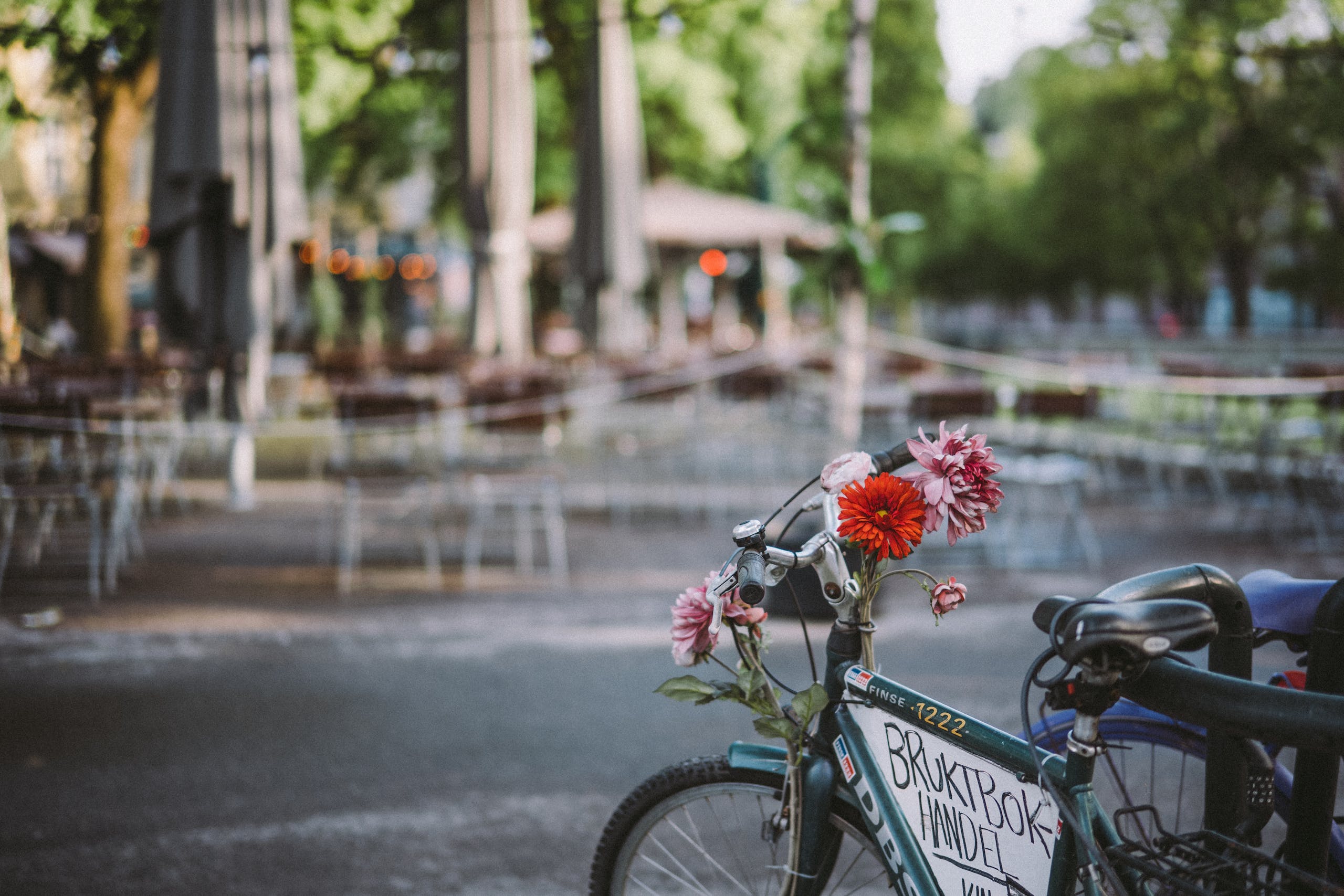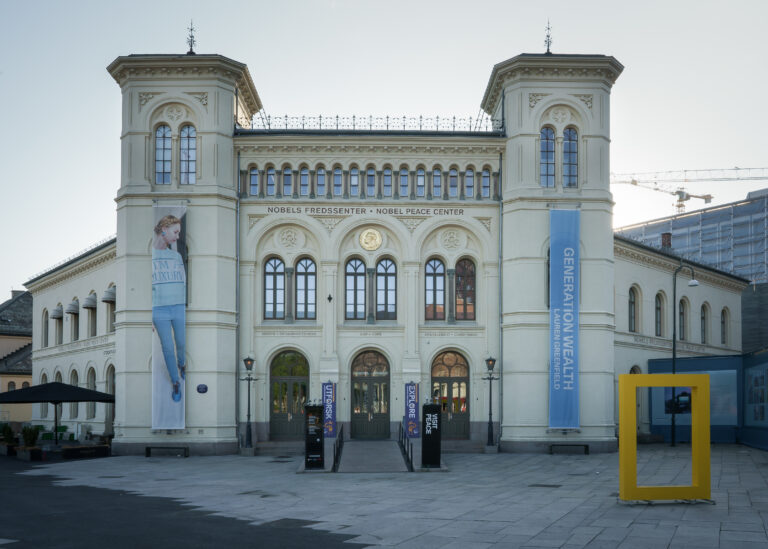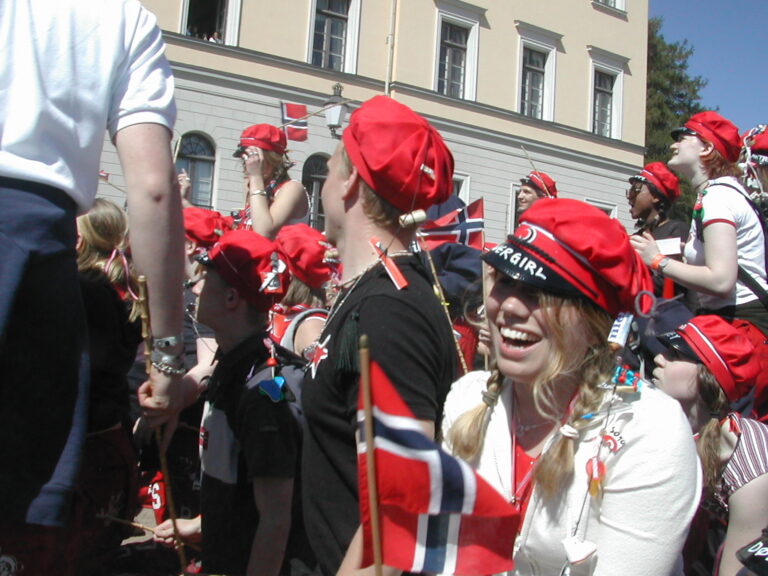As the summer solstice approaches each year, Oslo is enveloped in an almost frenetic energy as people take advantage of the season’s very long days and warm weather. Midsummer, known locally as Sankthans or Jonsok, is a celebration marking the longest day of the year—though not as widely celebrated in Norway is in Sweden. Rooted in ancient traditions and marked by friendly gatherings, this festival offers a unique insight into Norwegian culture and the enduring allure of the midnight sun.
Historical Roots of Midsummer in Norway
Midsummer celebrations in Norway date back to pre-Christian times, originally serving as pagan fertility rites to honor the sun and the earth’s abundance. With the advent of Christianity, these festivities were assimilated into the feast day of St. John the Baptist, known as Sankthans (St. John’s Eve), celebrated on June 23rd. Despite the Christian overlay, many of the original customs, such as lighting bonfires, have persisted, symbolizing the sun’s power and the warding off of evil spirits.

The Significance of the Midnight Sun
One of the most enchanting aspects of Midsummer in Oslo is the phenomenon of the midnight sun. While the city doesn’t experience a full midnight sun like the northern regions, the days are extraordinarily long, with the sun setting late and rising early, casting a perpetual twilight over the landscape. This extended daylight fosters a vibrant atmosphere, encouraging outdoor activities and social gatherings that stretch into the early hours.
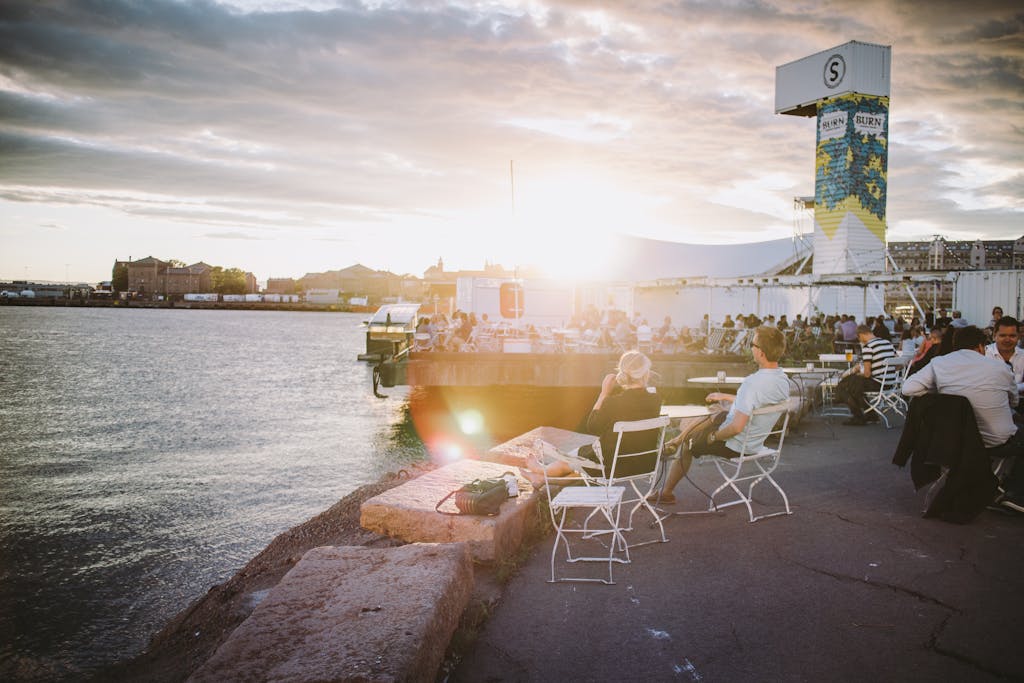
Midsummer Traditions
Bonfires (Sankthansbål): Central to the celebration are the towering bonfires lit along coastlines, fjords, and hillsides. Historically, these fires were believed to protect against evil spirits and ensure a good harvest. Today, they serve as focal points for community gatherings, where people come together to sing, dance, and share stories. In some coastal areas, it’s customary to set old boats aflame, creating a dramatic and symbolic spectacle.
Floral Decorations: Adorning homes and public spaces with flowers is a common practice. While Norway doesn’t traditionally erect maypoles like neighboring Sweden, the use of greenery and blossoms reflects a shared appreciation for nature’s midsummer bounty.
Folk Music and Dance: Although not as pronounced as in other Scandinavian cultures, Norwegian Midsummer celebrations often feature traditional music and dance. Folk bands play lively tunes, and impromptu dances may occur around the bonfires, celebrating community and continuity.
Events in Oslo
Oslo offers a variety of events that blend traditional customs with contemporary festivities, including:
- Norsk Folkemuseum’s Midsummer Festival: Located in the Bygdøy peninsula, the Norwegian Museum of Cultural History hosts an annual festival featuring folk music, dancing, crafts, and the lighting of a traditional bonfire. This family-friendly event provides an immersive experience into Norway’s cultural heritage.
- Aker Brygge and Tjuvholmen Celebrations: These vibrant waterfront areas often host public events during Midsummer, including outdoor concerts, food stalls offering traditional Norwegian cuisine, and art installations. The festive atmosphere is enhanced by the scenic backdrop of the Oslofjord.
- Island Hopping in the Oslofjord: Many locals and visitors take advantage of the extended daylight to explore the islands of the Oslofjord. Ferries operate late into the night, allowing for picnics, beach bonfires, and a unique perspective of the city’s skyline under the lingering sun.
The Foods of Midsummer
Food plays a central role in Midsummer celebrations, with certain traditional dishes making an appearance year after year. One of the most beloved is rømmegrøt, a rich and creamy sour cream porridge often enjoyed with a sprinkle of cinnamon, sugar, and a dollop of butter. This is typically served alongside spekemat, an assortment of cured meats such as fenalår (dried lamb) and various types of Norwegian sausages. Together, these foods embody the taste of summer for many Norwegians, offering a balance of indulgence and tradition.
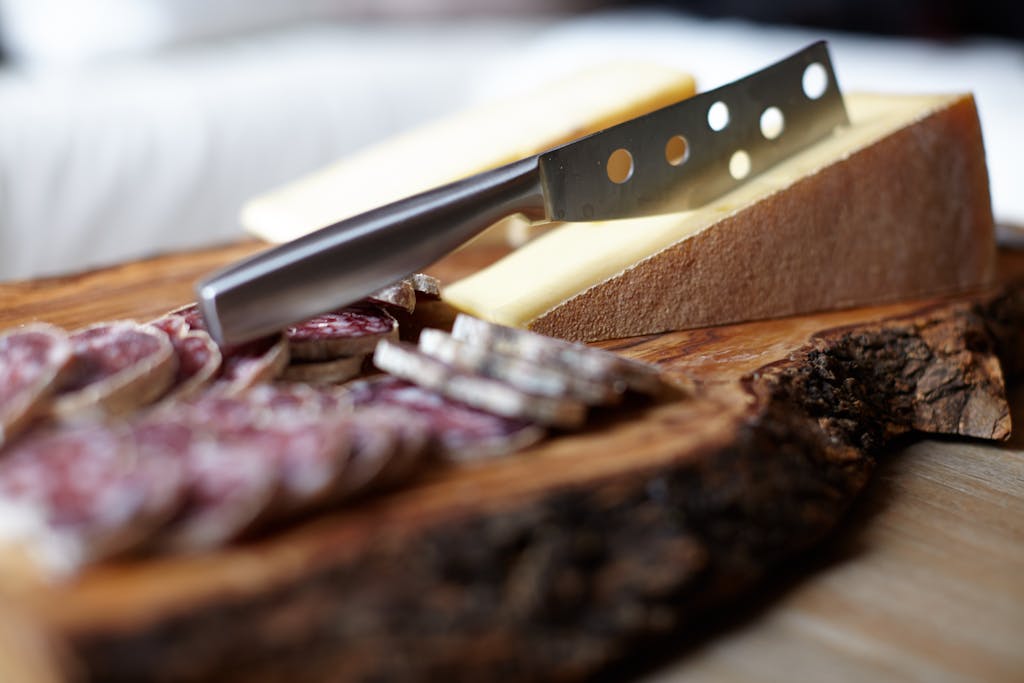
For those who prefer something lighter, a classic reker smørbrød (prawn sandwich) is a refreshing choice, made with fresh shrimp piled onto buttered bread and often topped with a squeeze of lemon and a touch of mayonnaise. To finish the meal, many Norwegians celebrate with bløtkake, a layered sponge cake filled with whipped cream and berries, making the most of the season’s sweet and juicy strawberries. Whether enjoyed at a family gathering or a bonfire by the fjord, these dishes bring people together to celebrate the magic of Midsummer in true Norwegian style.
Modern Interpretations and Sustainability
In recent years, there’s been a conscious effort to celebrate Midsummer sustainably. Communities are encouraged to build bonfires using responsibly sourced materials, and there’s a growing emphasis on reducing waste during festivities. Additionally, some events incorporate environmental awareness, reflecting Norway’s commitment to preserving its natural landscapes.
Experiencing Midsummer as a Visitor
For those visiting Oslo during Midsummer, it’s an opportunity to engage with local traditions and the community spirit:
- Participate in Public Events: Many of Oslo’s Midsummer celebrations are open to the public. Joining these events offers a firsthand experience of Norwegian culture and hospitality.
- Respect Local Customs: While the atmosphere is festive, it’s essential to be mindful of local customs and the environment. Participating respectfully enhances the experience for everyone.
- Embrace the Outdoors: With extended daylight, it’s the perfect time to explore Oslo’s natural beauty. Hiking, boating, or simply strolling through the city’s parks allows for a deeper connection to the landscape that inspires these celebrations.
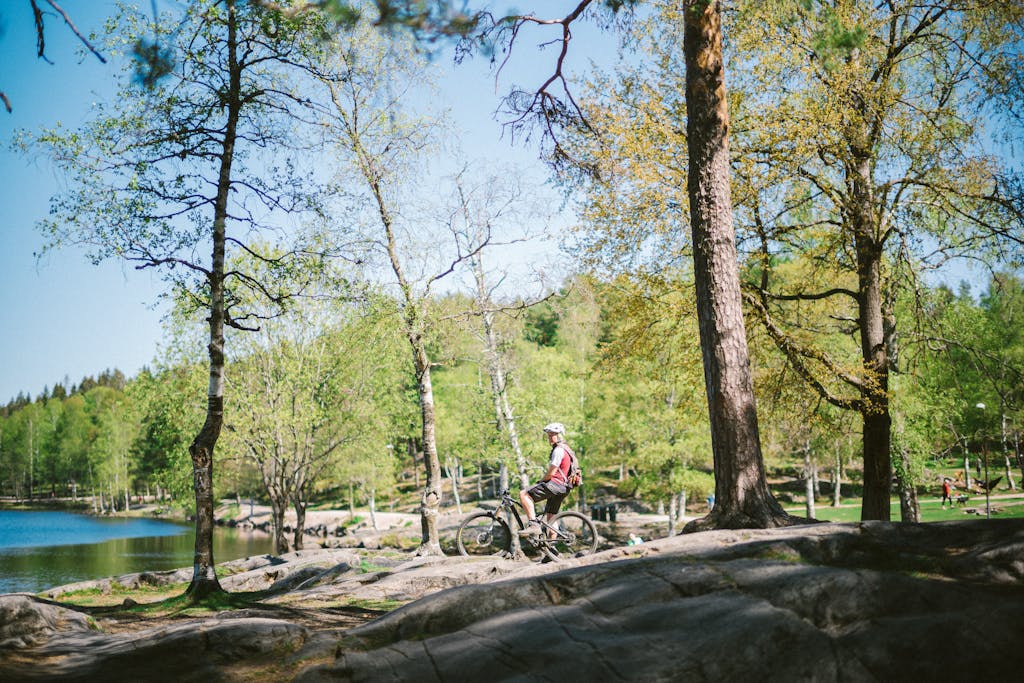
Conclusion
Midsummer in Oslo is more than just a celebration of the longest day; it’s a testament to the enduring human spirit that seeks connection, joy, and meaning in the rhythms of nature. Whether around a bonfire’s glow, enjoying traditional foods, or simply basking in the endless light, the festival invites all to partake in a timeless dance of tradition and togetherness.

